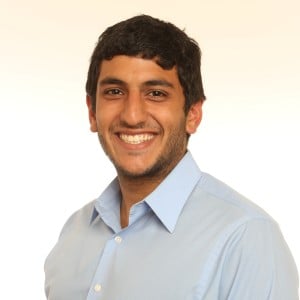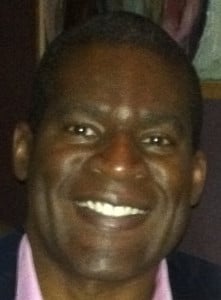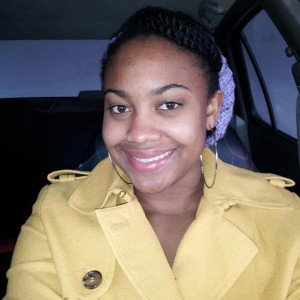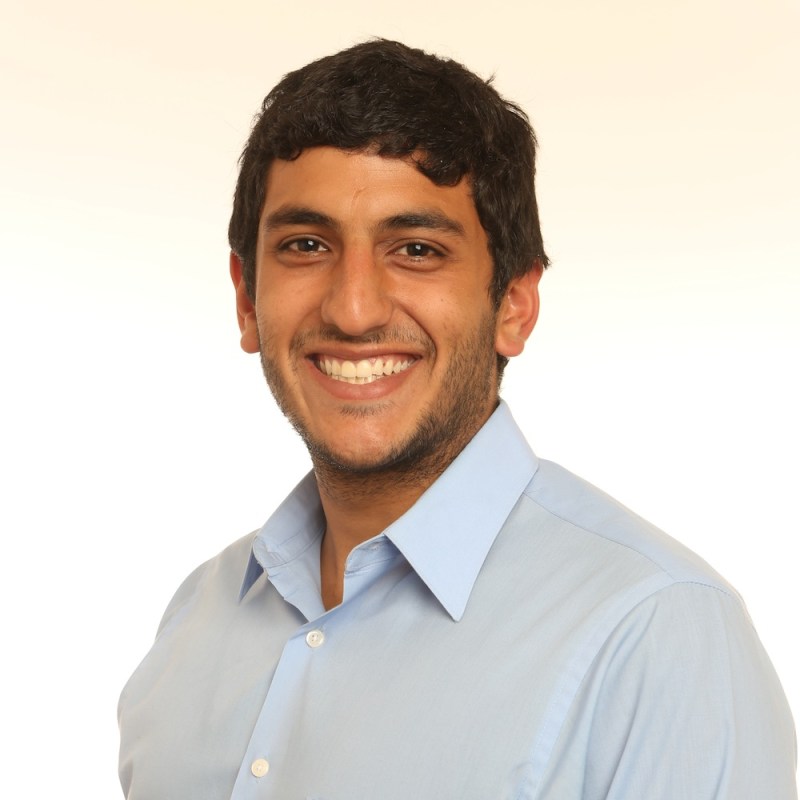After developing a mobile payments company with his friend in 2011 during his sophomore year, Nima Ahmadi ‘13 decided to take time away from Stanford. When Ahmadi and his co-founder approached President John Hennessy in Spring 2011 with a pitch and a request for leave, Hennessy gave Ahmadi the green light.

Nima Ahmadi ’13
“We told him our idea…and he said, ‘Guys, I think it’s time to dive in,’” Ahmadi said.
But for many Stanford students who file for leaves, stories like Ahmadi’s are the exception, not the rule.
“You have examples that the media puts before you, and you think to yourself that a Zuckerberg is a common occurrence,” said Virgil Zanders ‘14.
Stanford University’s leave of absence policy—which allows students to re-enroll without a formal application—is different from that of other universities. The open-ended policy provides a way for a variety of students to leave the university and return at any point during their academic careers.
Having left Stanford two years into an electrical engineering degree due to financial difficulties, Zanders’ path back to the Farm wasn’t exactly easy.
After he left Stanford, Zanders landed a job at a hedge fund in Palo Alto. He said he found success in private equity, and when his boss closed the company, Zanders cashed out and used his money to travel the world.

Virgil Zanders ’14
But when Zanders lost the money he’d made in stock market deals, he realized that without a degree, he had hit a glass ceiling in the workforce. Zanders matriculated back into Stanford in 2012, and, according to him, the transition back into the college environment was difficult.
However, many students who take leaves of absence quickly find that there are resources on campus to support them when they return.
Resources aplenty
Strong returning-student advising has become part of a university-wide effort in recent years to establish support programs for students, according to Sally Mentzer, the academic advisor for returning students in the office of Undergraduate Advising and Research (UAR).
“I love supporting people in making authentic choices,” Mentzer said.
To re-enroll, a student who is on academic probation must submit a personal statement defending the reasons he or she feels prepared, Mentzer said. The student must also complete a Request to Return and Register form, outlining his or her personal and academic goals.
According to Mentzer, students who typically take leaves of absence have suffered economic, academic, psychological or filial setbacks. Her advising follows a holistic approach, working with other offices on campus to help ease the transition.
Other new efforts are also underway on campus to support returning students. Two years ago, Adina Glickman, associate director for Academic Support at the Center for Teaching & Learning, started the Resilience Project, which provides workshops to students who struggle academically. Last year Glickman and Lourdes Andrade, associate director of UAR, founded a program that matches returning undergrads with post-grad student coaches.

Thembi Thompson ’14
After a yearlong suspension followed by another yearlong voluntary leave, Thembi Thompson ‘14 credited her academic coach, Angela Farr Schiller, for her success at Stanford.
“[Angela] helps me with study habits, notetaking, organization…whatever I need,” Thompson said. “And I need someone to hold me accountable.”
Thompson said that these resources are only effective for students willing to take advantage of them.
Although students are given support when they return to Stanford, many of them still value the time they spent away from the university.
“It made me aware of what my strengths were and how the real world functioned,” Ahmadi said.
Zanders also credited his leave of absences with enhancing his overall education.
“When you take the time off—and you understand how the world operates—you recognize what the degree does,” he said.
Ahmadi is now in his first year at the Stanford Graduate School of Business. Thompson said she hopes to earn a master’s degree in behavioral psychology after she graduates from Stanford in March. Zanders said he plans to begin law school in 2015.
“Being a returning student is not something to be ashamed of. It’s something to be proud of,” Zander said. “Sometimes doing things differently makes you a better person, a stronger person. If you see yourself that way, I think the world will become that way for you.”
Contact Jamie Helyar at jhelyar ‘at’ stanford.edu.
A previous version of this article said that Sally Mentzer started the Resilience Project when in fact it was started by Adina Glickman. It also incorrectly said that the Resilience Project provides in-residence workshops and that a program that matches returning undergrads with post-grad student coaches was founded only by Lourdes Andrade when in fact Glickman also co-founded the group. The Daily regrets these errors.
